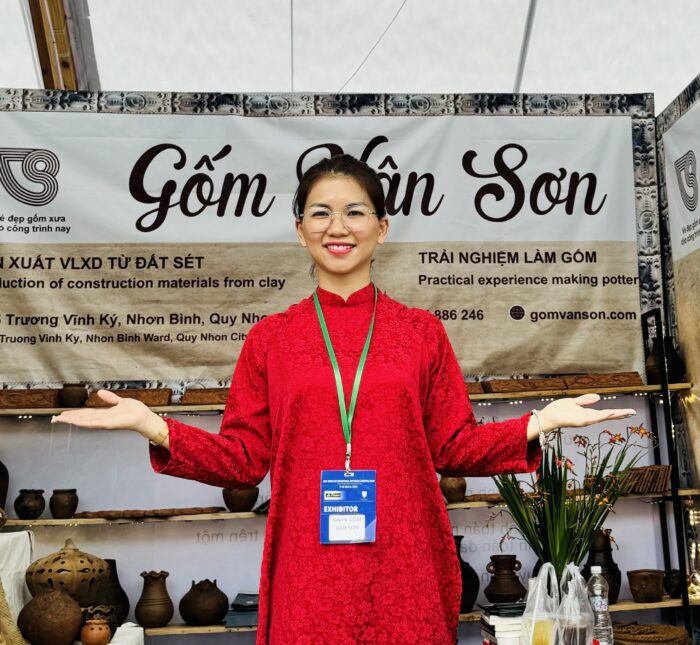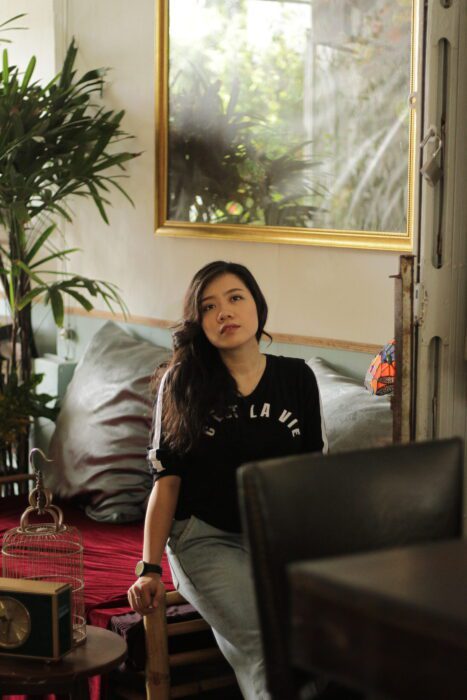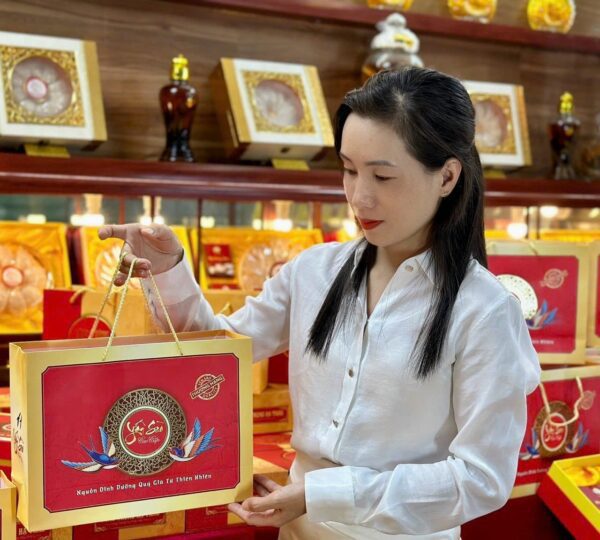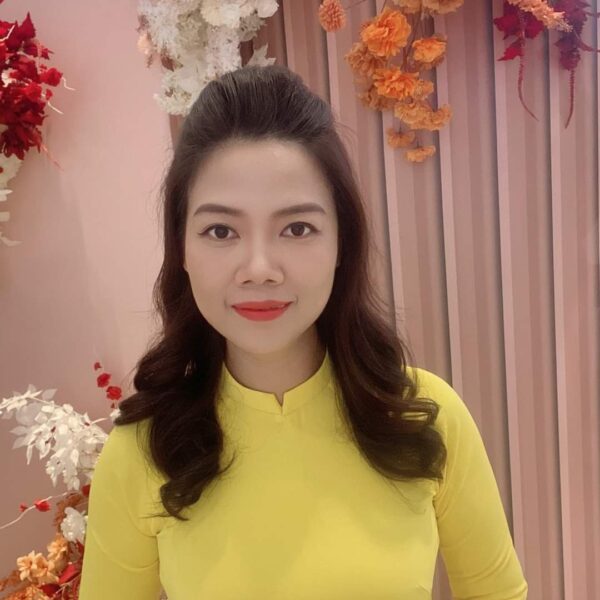Color psychology plays a pivotal role in how we interpret visual information and make decisions. It influences branding, advertising, user interface, and even the emotional response elicited by a design. Throughout history, design aesthetics have evolved from nostalgic vintage styles to sleek modern trends, yet the fundamental power of color remains constant. Understanding these shifts helps creators craft visuals that resonate deeply with audiences, shaping perceptions and behaviors in subtle yet profound ways.
- Foundations of Color Psychology
- Vintage Design: A Study in Nostalgia and Symbolism
- Modern Design Trends and the Psychology of Innovation
- Comparative Analysis: Vintage vs. Modern Color Strategies
- The Role of Color in User Engagement and Experience
- Non-Obvious Factors Influencing Color Choice
- The Intersection of Color Psychology and Cultural Trends
- Practical Guidelines for Applying Color Psychology in Design
- Conclusion: Harnessing the Power of Color to Influence and Connect
Foundations of Color Psychology
Color psychology is rooted in the understanding that different hues evoke specific emotional responses. Basic principles involve color theory, which explains how colors are perceived and combined, and their associations with feelings such as trust, excitement, or calmness. For example, blue often signifies reliability, while red can evoke passion or urgency. These associations are backed by decades of research, including studies showing that color influences consumer choices, brand perception, and even physiological responses like heart rate.
Cultural influences significantly shape how colors are perceived. In Western societies, white is often linked to purity, whereas in some Eastern cultures, it may symbolize mourning. This cultural variation underscores the importance for designers to understand their target audience. Moreover, color impacts mood, decision-making, and memory. Bright, warm colors can energize users, while cooler tones promote relaxation. Memory association with certain colors can also strengthen brand recall, a principle exploited by vintage branding that often used specific palettes to evoke nostalgia and authenticity.
Vintage Design: A Study in Nostalgia and Symbolism
Vintage designs typically employ color palettes rich in earthy tones, muted pastels, and warm hues. These choices are deeply intertwined with the psychological meanings assigned to such colors. For instance, sepia tones and faded reds evoke warmth and nostalgia, connecting viewers to a sense of history and authenticity. These palettes often symbolize stability, tradition, and trust—qualities highly valued in vintage branding.
Color in vintage advertising was used strategically to evoke emotion and reinforce brand identity. Classic examples include Coca-Cola’s iconic red and white, which stimulate excitement and appetite, or vintage travel posters featuring calming blues and lush greens to inspire adventure and relaxation. Such colors foster a sense of familiarity and trust, making them powerful tools for creating an emotional bond with consumers.
“Color in vintage design acts as a bridge to the past, invoking nostalgia while establishing authenticity and trust.”
Modern Design Trends and the Psychology of Innovation
Contemporary design leans toward minimalism, characterized by bold, often saturated color choices that aim to capture attention swiftly. Digital media has amplified this trend, with screens offering vibrant, luminous colors that influence perception in real-time. The focus has shifted toward clean, uncluttered interfaces where color not only serves aesthetic purposes but also guides user behavior.
For example, brands like Spotify use a vibrant green to evoke freshness and energy, while tech companies like Apple prefer sleek monochrome palettes that communicate sophistication and innovation. These choices are backed by research indicating that bold colors increase engagement and facilitate quick decision-making in digital environments.
Comparative Analysis: Vintage vs. Modern Color Strategies
While vintage palettes often evoke nostalgia, trust, and stability, modern color choices tend to emphasize innovation, clarity, and immediacy. Emotional responses differ accordingly: vintage colors foster comfort and authenticity, whereas modern palettes aim for excitement and efficiency. This shift reflects broader cultural trends—moving from a focus on tradition to embracing change and technological progress.
A comparison table illustrates these differences:
| Aspect | Vintage Design | Modern Design |
|---|---|---|
| Color Palette | Muted, earthy, warm | Bright, saturated, bold |
| Emotional Focus | Nostalgia, trust | Innovation, excitement |
| Application Examples | Vintage posters, retro branding | Web interfaces, app branding |
The Role of Color in User Engagement and Experience
Color choices significantly influence usability and accessibility. Effective use of contrasting colors enhances readability and guides user focus. For instance, call-to-action buttons often utilize contrasting hues like orange or green to prompt interaction. Moreover, color can trigger psychological responses that affect decision-making, motivation, and satisfaction.
A notable example is the game «Chicken Road 2», which exemplifies modern design principles. Its color scheme strategically guides players’ attention to crucial elements, facilitating intuitive gameplay. The game employs bright, contrasting colors to distinguish interactive objects from the background, reinforcing clarity and engagement. Such design reflects an understanding that colors are not just aesthetic but serve as cognitive cues, a principle applicable across product development and marketing.
“Thoughtful color design enhances user experience by guiding focus, improving accessibility, and fostering emotional connection.”
Non-Obvious Factors Influencing Color Choice
Beyond conscious selection, subconscious biases and personal preferences influence how individuals perceive colors. For example, some people may favor cooler tones due to personal experiences, while contrast and color combinations can evoke different reactions—sometimes unexpectedly. High contrast, while improving visibility, can also create tension or excitement, depending on context.
Environmental factors, such as lighting conditions or surrounding colors, also alter perception. A color that appears vibrant in one setting may seem dull or aggressive in another. Recognizing these factors allows designers to tailor their choices for specific environments, enhancing overall effectiveness.
The Intersection of Color Psychology and Cultural Trends
Social movements and cultural shifts continually reshape the meanings attributed to colors. For example, the rise of environmental consciousness has popularized greens and earthy tones, aligning with themes of sustainability. Similarly, social media platforms like Reddit influence color trends—such as the viral attention to the playful color schemes in communities like r/WhyDidTheChickenCross—demonstrating how collective preferences can rapidly shift perceptions.
Looking ahead, emerging trends include the use of adaptive color schemes that respond to user context and preferences, supported by advances in AI and data analytics. These innovations promise to make color choices more personalized and impactful in design.
Practical Guidelines for Applying Color Psychology in Design
Effective color palette selection involves understanding the emotional and cultural connotations of hues. Strategies include using color psychology research to align palette choices with desired user responses, and testing combinations for contrast and harmony. For example, integrating psychological insights into a game like «Chicken Road 2» can enhance player engagement and satisfaction by deliberately choosing colors that evoke excitement and clarity.
When balancing vintage charm with modern appeal, consider blending classic color schemes with contemporary accents. This approach maintains nostalgic authenticity while appealing to current aesthetic preferences. For instance, a vintage-inspired logo can be modernized with bold, saturated colors or minimalistic design elements, creating a seamless visual narrative that resonates across eras.
To explore how these principles are applied in current gaming design, you can see a live indicator pulsing example, illustrating how thoughtful color choices enhance user engagement and overall experience.
Conclusion: Harnessing the Power of Color to Influence and Connect
Understanding the psychology behind color choices enables designers to craft visuals that evoke specific emotions, reinforce brand identity, and facilitate user interaction. From vintage posters that evoke nostalgia to modern interfaces that emphasize innovation, color remains a vital tool in visual communication. As cultural trends evolve and technology advances, staying attuned to these psychological principles ensures that design continues to resonate effectively.
Ultimately, the most successful designs are those that thoughtfully leverage color to create meaningful connections—whether by invoking cherished memories or inspiring excitement for the future. By applying these insights, designers can develop visuals that not only look appealing but also influence perception and behavior profoundly.








